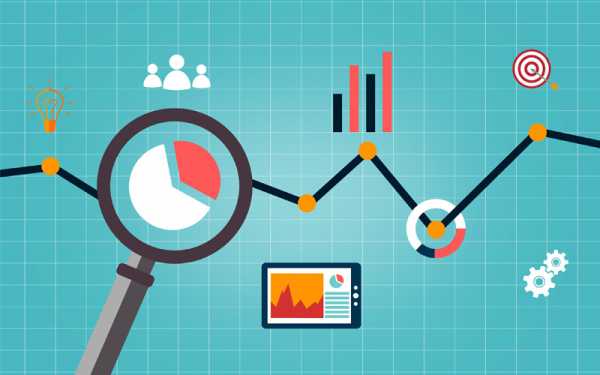By Paul HUDSON – Business Development, AURES UK
In a previous post, we discussed the relationship between Business Intelligence (BI) and EPOS. We outlined why the power to turn sophisticated data analytics into clear, actionable insight held such an appeal to retailers, and the role POS systems could play in achieving this.
But in practical terms, how can business owners in the retail, hospitality and leisure industries turn the data they collect at point of sale and through other channels and harness it to gain a competitive advantage? Here are five critical strategies to consider.
Gain insight into the multi-channel journey
A sale made in store is the end of a customer journey, or at least one particular episode in a longer story. Increasingly, those stories are not just a case of the customer browsing in store, seeing something they like and deciding to buy. Around half of in-store sales follow on from some kind of digital interaction – the customer comparing products and prices on competitor websites, reading user reviews, getting a recommendation on social media, looking for a specific product using a search engine.
With integrated data analysis, businesses are now able to see the full journey behind each transaction. They can see which touch points – search, an ecommerce or brand site, social media – are driving footfall and conversions in store, then optimise for the ones that perform the best or look to improve others. A key piece of this jigsaw is collecting customer data at point of sale, to provide the link between what happens in store and the digital journey that has preceded it.
Boost service through better knowledge
One of the big advantages of setting up BI solutions through your EPOS system is that it arms staff with the insights and knowledge they need to deliver better service. In the past, it was simply accepted that assistants on the shop floor would not know the next delivery date for every out-of-stock item, or that waiting staff in a busy restaurant might not know off the top of their head the dietary details of every dish. Now, with integrated data systems, that kind of information is at staff’s fingertips via their EPOS terminal, helping to deal effectively with more customer enquiries, in a more timely fashion.
Personalise offers
It is now widely recognised that consumers do not simply respond to offers because there is a discount or incentive on the table. They will only act if the offer is relevant to them. Building up a clear picture of each and every customer through their transaction and interaction data helps companies ensure they are sending the right incentives to the right people. And again, with that kind of information available at point of sale, it means personalised on-the-spot offers can be made.
Analyse customer sentiment
Customer feedback has become an essential metric in today’s consumer-facing sectors. In the age of social media and online customer reviews, the most switched-on companies monitor sentiment through online conversations in order to gain strategic and tactical advantage. And again, this can make a significant difference to service on the shop floor.
For example, a sales assistant trying to cross-sell will see their efforts fall flat on their face if they try to recommend a product with a pile of unfavourable reviews which the customer has just read. Using analytic tools to highlight popular and strongly recommended products means service can reflect what the customer has already likely discovered about the brand.
Respond quickly to trends
Finally, one of the key benefits of linking data analytics and BI to your EPOS is that the insights it delivers are in real time. Whether it is stock or inventory information, customer history or knowledge of the conversations taking place on social media, the modern customer service assistant wants to be clued-up with the most up-to-date intelligence so they can deliver the most relevant and effective service. This includes being able to spot trends quickly and act on them. Not only can predictive analytics spot trends in sales patterns quicker than ever before, it can also link them to causes, whether it is a specific marketing campaign, a seasonal change or an external endorsement or recommendation in the wider media. These insights can help you capitalise quickly, moving trending products to a more prominent position in store, getting extra stock in first and backing it up with your own promotions.




